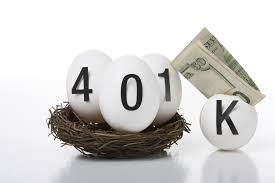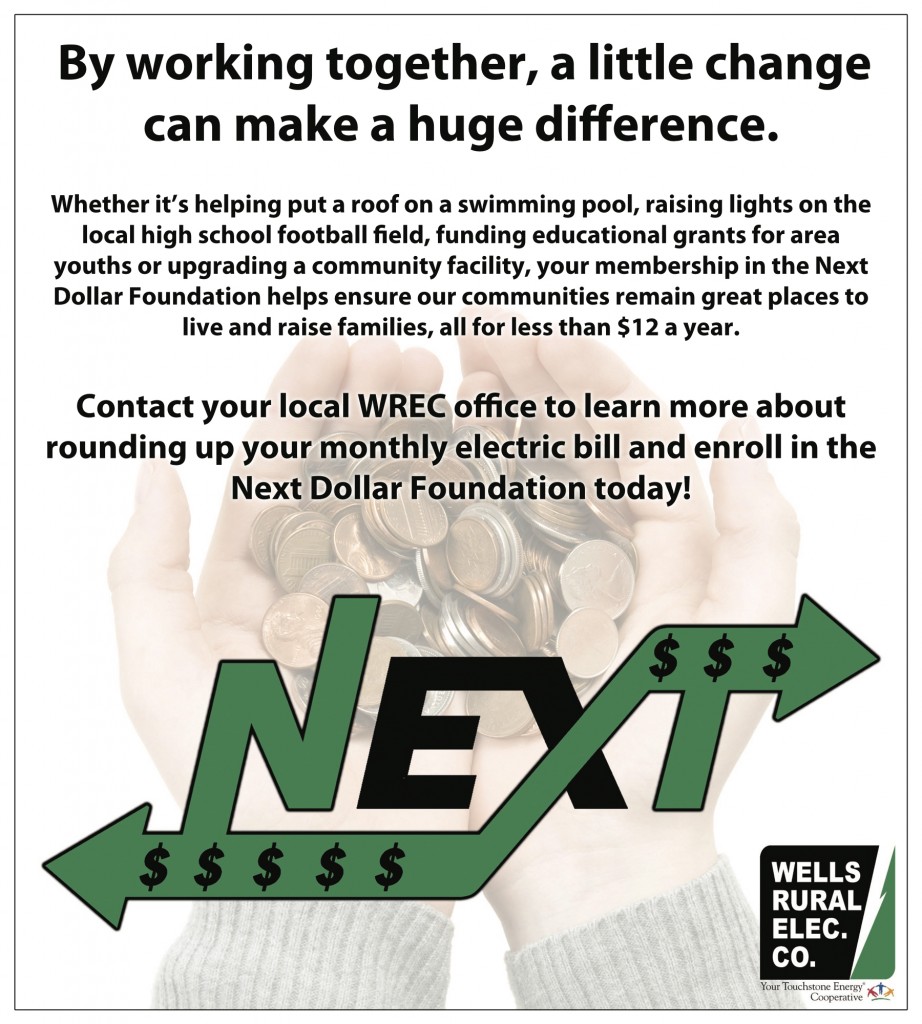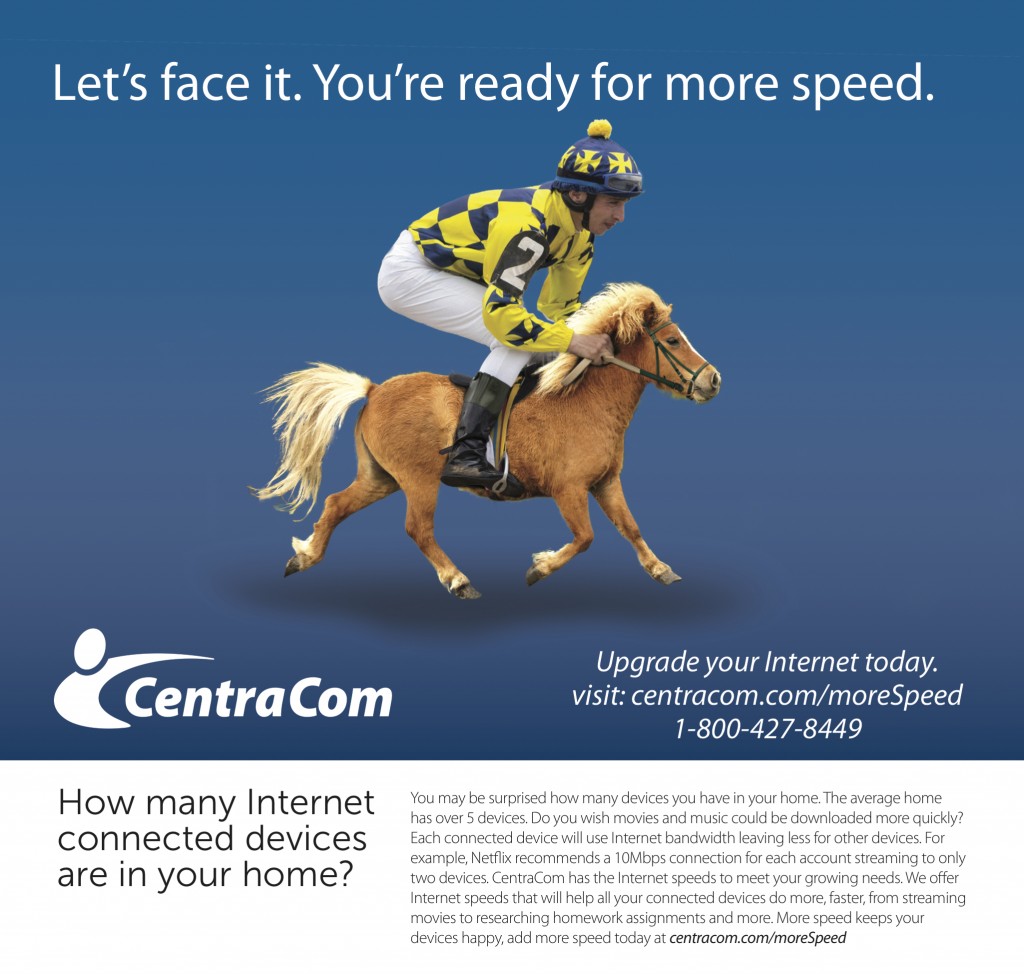
With the average American spending only 4.6 years at any given job, it’s never been more important to have a plan for any retirement funds you’ve accrued at any employer.
A big problem that began during the 2008 recession but continues today involves loans, hardship withdrawals and complete cash-outs of 401(k) plans. A 2015 Boston College study (http://crr.bc.edu) reported that 1.5 percent of retirement assets “leak out” of 401(k) plans and personal IRAs each year, reducing an individual’s wealth at retirement by about 25 percent.

Meanwhile, a 2014 Fidelity Investments study sounded a particularly urgent alarm about 401(k) cash-outs and workers under the age of 40. The mutual fund giant noted that 35 percent of all participants were simply cashing out their 401(k) assets when leaving a job. However, for workers aged 20-39 – indeed, those with the longest savings horizons – that number jumped to 41 percent.
So what should you do? A great deal depends on your age, time to retirement and specific needs.
Start by taking an inventory of your retirement assets. Either alone or with the help of a qualified financial or tax expert, put together an official list of current and former 401(k) plans, personal IRAs or, depending on your years of work history, assets from traditional defined benefit retirement plans that were popular more than 20 years ago. Then see where you are.

Make sure you always review retirement options whenever you change a job. If an employer is highly motivated to get you on board, query the company about the retirement savings options that would fit the position you’re interviewing for. Ask hiring managers in general terms about how well their retirement options have performed and if you would have the option of rolling over your 401(k) assets to that employer. If, for example, your prospective employer has a more generous matching feature than your current employer has, that could create a favorable environment for transferring those assets. If not, you may want to keep your money in your employer’s existing plan or consider a rollover to a personal IRA with the features you’re looking for. Ask plenty of questions.
Evaluate IRA choices carefully. If you are considering rolling your former employer’s assets into a personal IRA, evaluate your tax situation, both Traditional and Roth IRA options and their performance and fee levels before you arrange for a transfer.
Go for the best-performing investment options that fit your needs and anticipated retirement date. Employer-based 401(k) plans generally disclose investment choices and investment fees (http://www.dol.gov/ebsa/publications/401k_employee.html). It may be a good idea to get qualified help to review those documents. Age is important. There’s typically a 10 percent penalty if you withdraw money from a 401(k) or IRA before age 59 ½. But if you lose or leave your job at age 55 or later (or earlier for certain public employees), you can generally take 401(k) withdrawals without penalty. An IRA rollover requires the account holder to be at least 59 ½ years old before they can take a penalty-free IRA distribution. While keeping your money invested as long as possible is key to a successful retirement, withdrawal issues are also important to consider based on your age and time to retirement.
Invest on your own. It’s important to do parallel personal retirement planning with any employer-based retirement options available to you. Again, get qualified help to assist you in evaluating the retirement savings and investment decisions you make on your own and at work.
Bottom line: Frequent job changing can derail anyone’s retirement planning. Whether you roll over a former employer’s retirement assets every time you switch or decide to keep your money in certain plans, get help if you need it.

